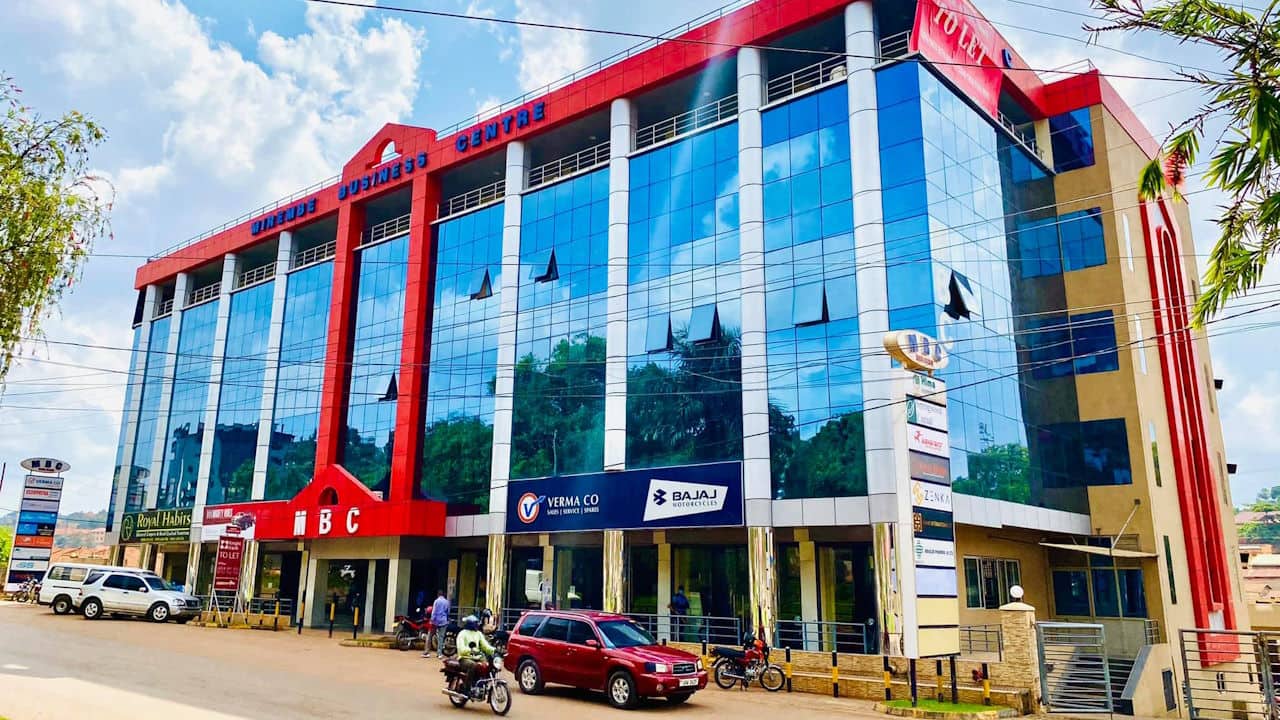
The property market in Kampala improved in the second half of 2023, with higher rents and occupancy rates for high-end houses and office space compared to the first half.
That, said the estate agent Knight Frank, was the result of a more robust economy. In the first half of the year, prime residential and office rents were still recovering from the impact of the Covid-19 pandemic in 2020 and 2021.
The market could have performed even better, but the demand for prime housing in locations such as Nakasero and Kololo, and for large office space from the oil and gas sector, fell short of expectations, forcing landlords to seek tenants elsewhere.
Monthly rental prices for two-bedroom units in prime locations rose by 4 per cent, while three-bedroom units increased by 1 per cent. Occupancy rates in prime areas rose by 6 per cent.
Knight Frank notes that this growth has been in newly constructed apartments, which offer more spacious living areas and better amenities, and therefore command higher prices. These apartments are a compromise option for expatriates who initially preferred single-family homes but were priced out.
There is still a dearth of detached houses in the prime segment, which are preferred by wealthier expatriates and executives, mainly because most of Kampala’s expensive areas have been gazetted as commercial zones, prompting developers to opt for apartment blocks to maximise rental income. Over the next two years, 600 new flats are expected to be added to the prime residential market in Nakasero, Kololo, and Naguru — Kampala’s most expensive residential areas — a 14 per cent increase in development projects.
Instead, secondary prime suburbs such as Muyenga, Buziga, and Munyonyo have emerged as catchment areas for the standalone houses that can’t be built in the prime central Kampala locations. “Land in these areas is relatively more affordable and developers are able to maximise creativity and innovation in their offerings in terms of design, unit sizes, layout configurations and functionality,” says the report.
For prime office space, rents jumped 10 per cent for the top Grade A and 12 per cent for Grade AB, while vacancy rates fell 1 per cent. However, smaller spaces under 200 sq m accounted for almost half of this demand, while the 200-1,000 sq m and over 1,000 sq m segments dropped to 29 per cent and 24 per cent respectively. This decline was attributed to a drop in enquiries from the oil and gas sector.
The property market was favourable for tenants in this segment. Despite the development of several prime office projects, most were of relatively low quality and functionality. Even in the lower grades, where demand is weaker, occupiers had the upper hand and were able to negotiate favourable rates. To remain competitive, developers will have no choice but to renovate their properties to modern standards.
Retail performance was also mixed, with rents and occupancy up 14 per cent and 3.8 per cent respectively on the previous year. However, footfall, which measures the number of people entering shops and other retail premises, weakened, falling by 5 per cent.
The estate agent blames the fall in footfall on energy and utility inflation which “tightened consumer purse strings,” and on recent “stringent testing requirements for the certification of products entering Uganda,” which slowed down “the introduction of new international and regional retailers.”
The former justification is a stretch, and stands in stark contrast to data showing that inflation eased during the period — a fact that the report also acknowledges in its summary of economic conditions. The latter would sit much better with examples — which retailers were forced to postpone their entry into the country because of policy changes by the Uganda National Bureau of Standards?
There are several factors behind the decline in footfall at the larger malls, most of which are located close to the city or in older suburbs. However, it would not hurt to consider an earlier report by, well, Knight Frank. In ‘Kampala’s Next Neighbourhoods,’ published last year and focusing on the first three months, the estate agent noted the growth of property beyond the city’s original seven hills “to encompass the broader areas of Wakiso, Mpigi, and Mukono.”
It added: “As the secondary suburbs continue to develop, supported by a rapidly expanding central business district (CBD), an increasing working population, and improved transportation networks, these areas are becoming more self-sufficient and providing a wider range of amenities and services.” This self-sufficiency includes “an emerging retail component” in Kyanja, a “robust retail component” in Nalya, “crucial facilities” in Lubowa, and “growth in neighbourhood shopping centres” across the board.
As these suburbs become more self-sufficient, there is less need for their residents to patronise malls close to the city centre.
In the industrial sector, rents remained stable, ranging from $3 to $7 per square metre for warehouse space. In the Kampala Industrial Business Park in Namanve, rents ranged from $3 to $5, while in the traditional industrial area outside central Kampala, rents were slightly higher, ranging from $5 to $7. Demand was strongest for small to medium units of 300-1000 sq m, while demand for units over 1000 sq m declined.
In addition, an increasing number of companies are choosing to purchase their own premises rather than rent, as this gives them more operational control and facilitates expansion. As a result, areas such as Bweyogerere, Namanve and Kawempe, with their affordable land, are being favoured over the traditional industrial areas outside central Kampala and in Nakawa and Ntinda.






